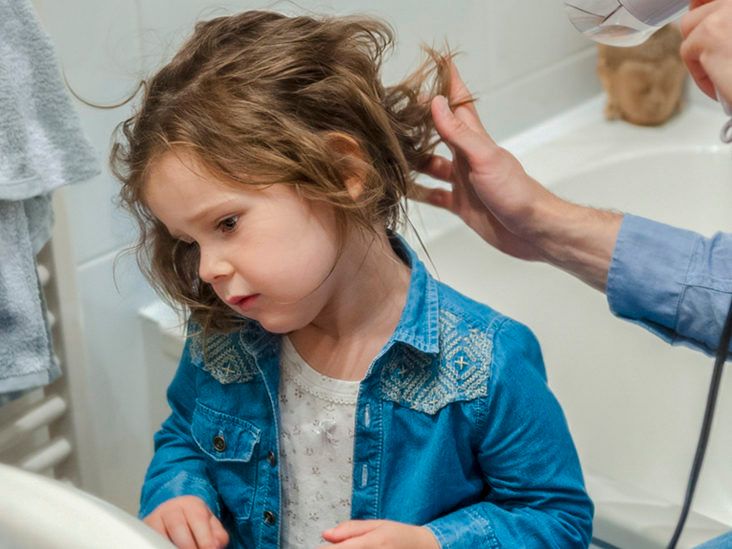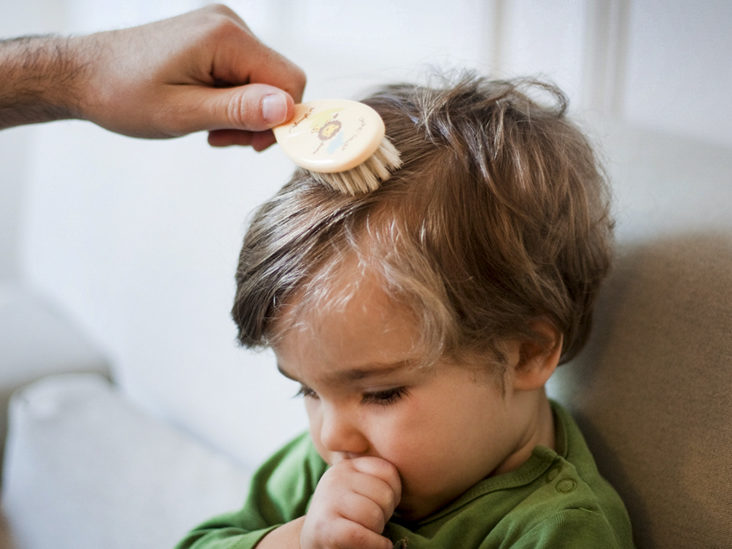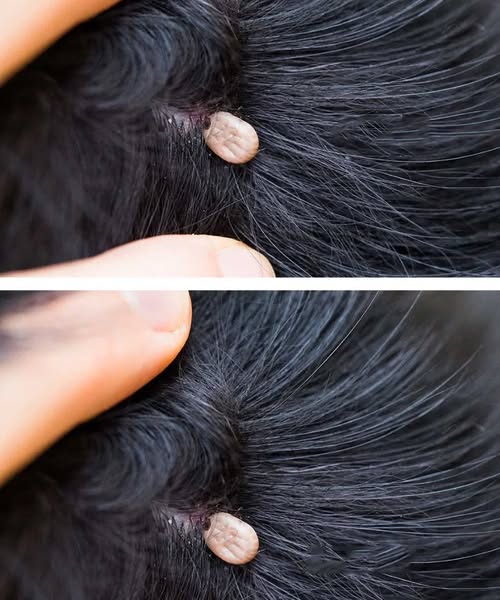Discovering something unusual in your child’s hair—whether a small bump, unexpected texture, or an unfamiliar object—can be concerning. As a parent, your first instinct is to protect your child, but it’s important to approach these situations calmly and methodically. This guide will help you understand what the issue might be, when to seek medical help, and how to manage it safely at home.
If you notice something strange in your child’s hair, take a close look:
- Is it moving? If yes, it could be a pest like lice or mites.
- Is it hard or soft? This may help rule out debris, scabs, or scalp issues.
- Is it stuck to the hair shaft or scalp? This could indicate nits (lice eggs) or other skin conditions.
Using a magnifying glass and good lighting can help you get a clearer look. Try to note size, color, and whether your child is experiencing symptoms like itching or redness.
Step 2: Common Causes of Hair Issues in Children

Hair and scalp issues can be due to a variety of causes:
1. Head Lice
- Tiny, wingless insects about 2–3 mm long.
- Lay eggs (nits) close to the scalp.
- Symptoms: itching, red bumps, visible crawling insects.
2. Scabies Mites
- Extremely small (0.2–0.4 mm), hard to see.
- Usually found in skin folds but can affect the scalp in children.
- Symptoms: intense itching, rash, skin irritation.
3. Dandruff or Cradle Cap
- White or yellowish flakes; not contagious.
- Can be mistaken for lice eggs.
- Generally harmless but can cause itchiness or irritation.
4. Allergic Reactions or Skin Conditions
- Sometimes bumps or irritation can be caused by allergies to shampoos, hair products, or environmental allergens like dust mites.
- Step 3: Watch for These Symptoms

The presence of certain symptoms can help you determine how serious the issue is:
Persistent itching, especially behind ears or at the nape of the neck.
Redness, rashes, or sores on the scalp.
- Swelling, hives, or signs of infection like pus.
- Trouble sleeping due to discomfort.
If any of these are present or worsening, it’s best to consult a healthcare provider.
Step 4: When to See a Doctor

You should contact a healthcare professional if:
- You see visible lice or mites and home treatment doesn’t work.
- The scalp is red, bleeding, or shows signs of infection.
- Your child has existing skin conditions or allergies that could be triggered.
- The object in the hair is embedded or causing discomfort.
A dermatologist or pediatrician can offer accurate diagnosis and treatment.
Step 5: At-Home Treatment Options (Use With Caution)

If you’re dealing with common pests like lice, some home remedies may help:
- Mayonnaise or olive oil: Used to smother lice.
- Essential oils: Tea tree oil and lavender may help, but always do a patch test first.
- Fine-toothed combs: Special lice combs can help remove lice and nit Always verify remedies are safe for children, especially young ones, and follow instructions closely.
Step 6: Prescription and OTC Treatments




